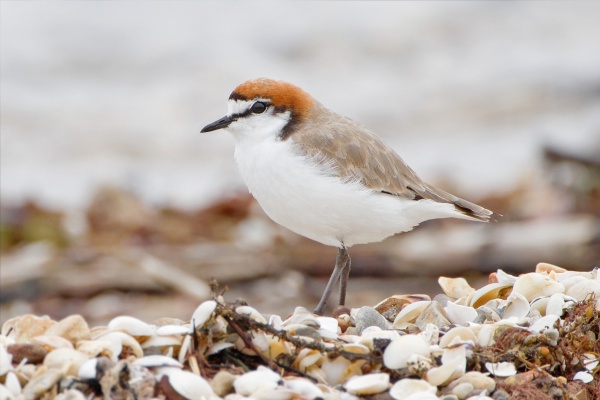Facts About Red-capped plover
The red-capped plover, also known as the red-capped dotterel, is an engaging little bird endemic to Australia. It belongs to the same family as other plovers such as the Kentish plover, Javan plover, and white-fronted plover. These birds are easily recognizable by their white underparts and foreheads, paired with grey-brown upperparts. What distinctly marks them is the adult males' vivid reddish-brown crowns, whereas the females exhibit a more muted rufous and grey-brown crown. Their wingspan typically ranges from 27 to 34 cm, and they usually weigh between 35 to 40 grams.
Red-capped plovers inhabit a variety of coastal and inland regions across Australia, occasionally reaching New Zealand. They breed seasonally along the Australian coastline and respond to rains in inland areas. Their nests are simplistic, consisting of small depressions in the ground near wetlands, where they lay two pale yellowish-brown eggs speckled with black. The female primarily handles the incubation process, which lasts about 30 days. The chicks are remarkably independent from birth, capable of moving around and maturing swiftly after hatching.
From a conservation perspective, the red-capped plover is classified as Least Concern. Owing to their extensive range and stable population, these birds thrive in their natural habitats. Their adaptability to various environments and their effective breeding strategies contribute to their resilience, making them a delightful sight for bird watchers.
